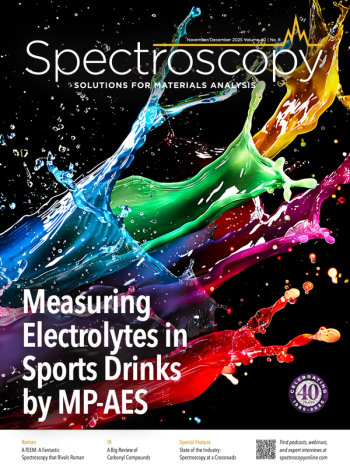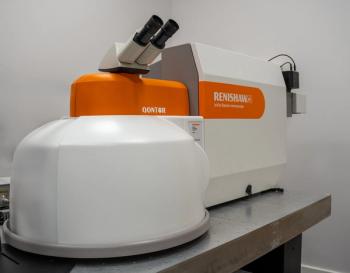
LIBS Used to Compare Commercial Milk Products
A team of researchers at Mississippi State University has used laser-induced breakdown spectroscopy (LIBS) to compare a variety of commercial milk products.
A team of researchers at Mississippi State University has used laser-induced breakdown spectroscopy (LIBS) to compare a variety of commercial milk products (1). Given that LIBS is a noninvasive optical emission spectroscopy technique and requires little or no sample preparation, it the researchers wanted to assess its applicability for evaluating and identifying mineral elements, as well as proteins and fat content in milk samples.
The team, led by professor Jagdish P. Singh, investigated LIBS spectra for the determination of the elemental composition of soy and rice milk powder, dairy milk, and lactose-free dairy milk. Radiative transitions were used to perform the analysis. Atomic emissions from Ca, K, Na, and Mg lines observed in LIBS spectra of dairy milk were compared. The researchers discovered that these elements have similar concentrations within different milk fat samples. Univariate and multivariate statistical analysis methods showed that the contents of major mineral elements were higher in lactose-free dairy milk than those in dairy milk. Soy milk powder had more Na concentration than other milks. Rice milk powder had high Ca and Mg concentrations.
Using the principal component analysis method, the team sought to discriminate four milk samples depending on their mineral elements concentration. Proteins and fat level in dairy milks were determined using molecular emissions such as the CN band. The team applied partial least squares (PLS) regression and simple linear regression models to predict levels of milk fat in dairy milk samples. They successfully used the PLS regression model to predict levels of milk fat in dairy milk sample with the relative accuracy less than 6.62% using CN (0,0) band.
Reference
(1) B.A. Alfarraj, H.K. Sanghapi, C.R. Bhatt, F.Y. Yueh, and J. P. Singh, Appl. Spectrosc.,72(1) 89–101 (2018).
Newsletter
Get essential updates on the latest spectroscopy technologies, regulatory standards, and best practices—subscribe today to Spectroscopy.



